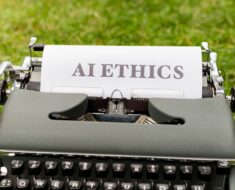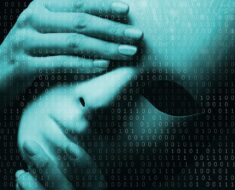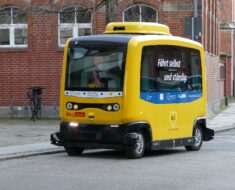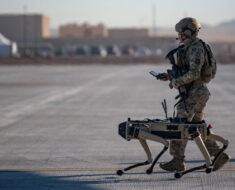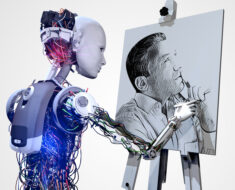The specter of Artificial Intelligence (AI) looms large over the future of work, conjuring images of robots snatching lunch pails and sending human workers scrambling for scraps. But while the fear of mass displacement is real, it’s only half the story. As AI waltzes onto the job market stage, it will be a complex and captivating dance of displacement and creation, reshaping the landscape in unexpected ways.
The opening act will see AI pirouette into jobs defined by routine and predictability. Data entry, assembly lines, and even some forms of customer service will find themselves under the spotlight of automation. These roles, once performed by legions of human hands, will be gracefully lifted onto the shoulders of tireless algorithms, freeing up vast pools of labor.
But fear not, dear job seeker, for this is not the curtain call for humanity. As AI takes over the mundane, it opens the door for a grand pas de deux of creativity and collaboration. New jobs will emerge, born from the fertile ground of AI’s capabilities. Data scientists will become the choreographers, weaving algorithms into intricate dances of analysis and prediction. Engineers will be the set designers, crafting tools and interfaces that bridge the gap between human and machine. And most importantly, the human element will ascend to center stage.
The jobs of the future will demand uniquely human skills: empathy, critical thinking, and the ability to navigate the ever-evolving landscape of technology. Imagine therapists guiding AI-powered robots to provide emotional support, or teachers collaborating with AI tutors to personalize education for each student. These are not dystopian fantasies, but glimpses of a future where humans and AI become partners in a symphony of progress.
Of course, this dance will not be without its stumbles. The transition will be uneven, with some sectors feeling the sting of displacement more acutely than others. Governments, businesses, and individuals must be prepared for this, investing in retraining programs and fostering a culture of lifelong learning.
The key is to see AI not as a robotic overlord, but as a transformative partner. We must embrace its potential to free us from drudgery, allowing us to focus on what truly makes us human: creativity, innovation, and the very essence of human connection.
So, as the curtain rises on the age of AI, let us not be consumed by fear. Instead, let us step onto the stage with open hearts and curious minds, ready to learn the new steps and choreograph a future where humans and machines dance in perfect harmony.
Remember, the future of work is not predetermined. It is a dance that we can all choreograph, one step at a time. So, let’s put on our dancing shoes and embrace the possibilities that AI brings.
